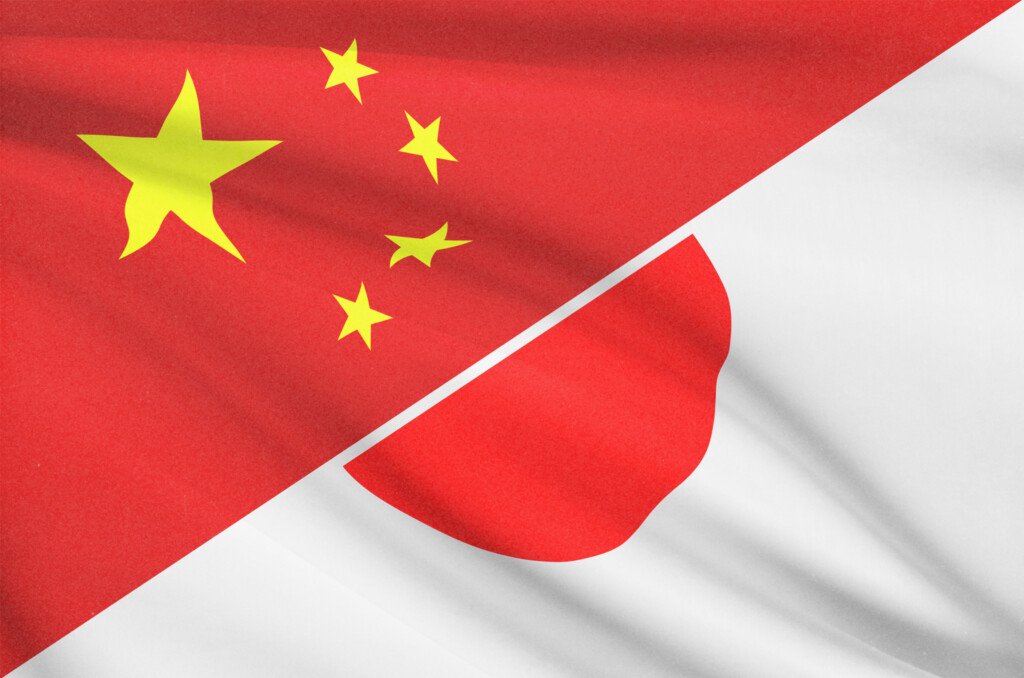Nagasaki Islands: The Ultimate Adventure Guide
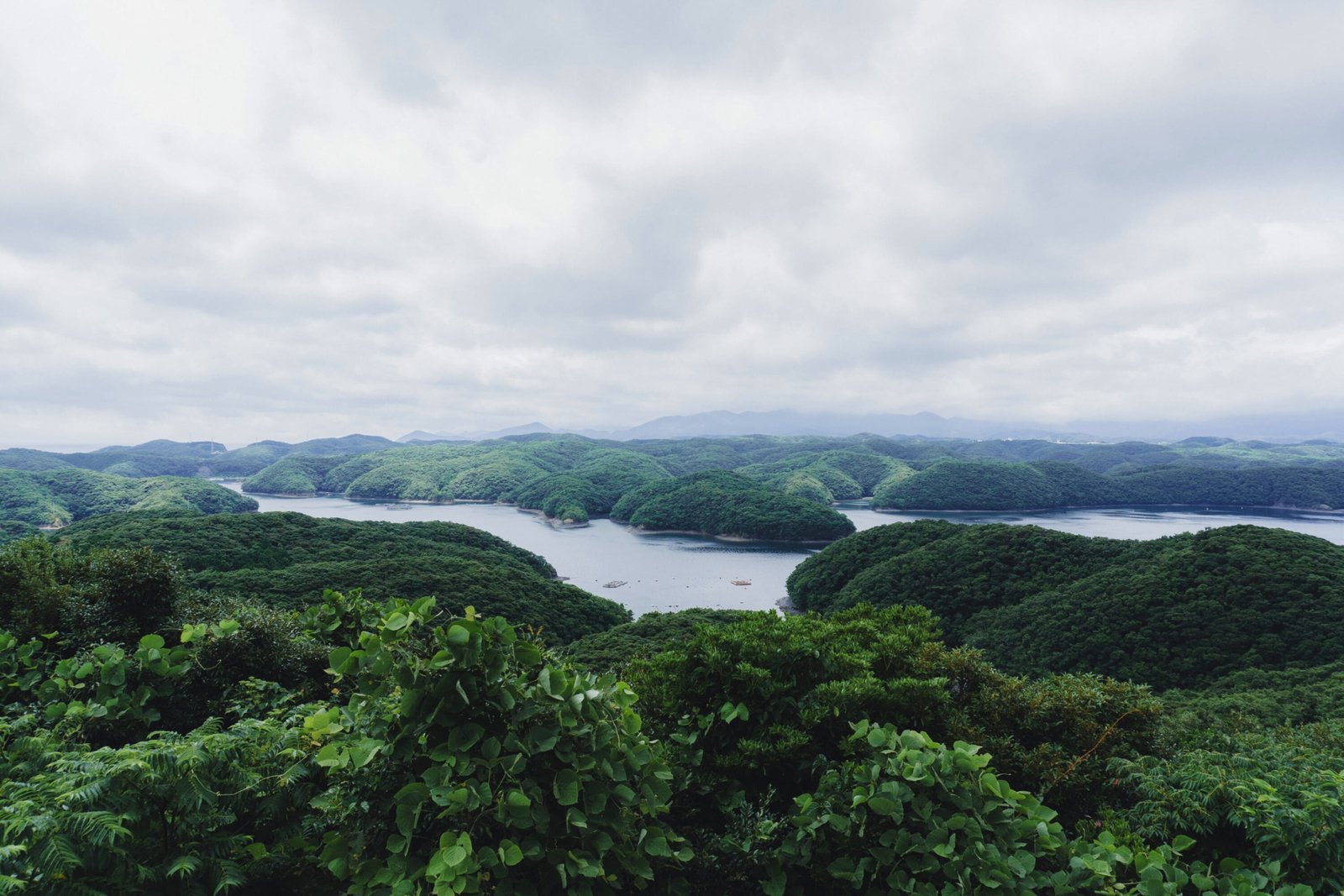
Nagasaki is the prefecture with the most islands in Japan, with more than 500 islands. In addition to large, densely populated islands such as Tsushima and the Goto Islands, Nagasaki Prefecture also has several small, uninhabited islands, each with its own unique charm. But whether inhabited or not, each of Nagasaki’s islands offers stunning natural landscapes and historical significance, as the prefecture was a historic refuge for reclusive Christians and a gateway to Japan when it was still isolated from much of the world.
Here’s a list of our favorite islands in Nagasaki, as well as what to see, do, and eat on each.
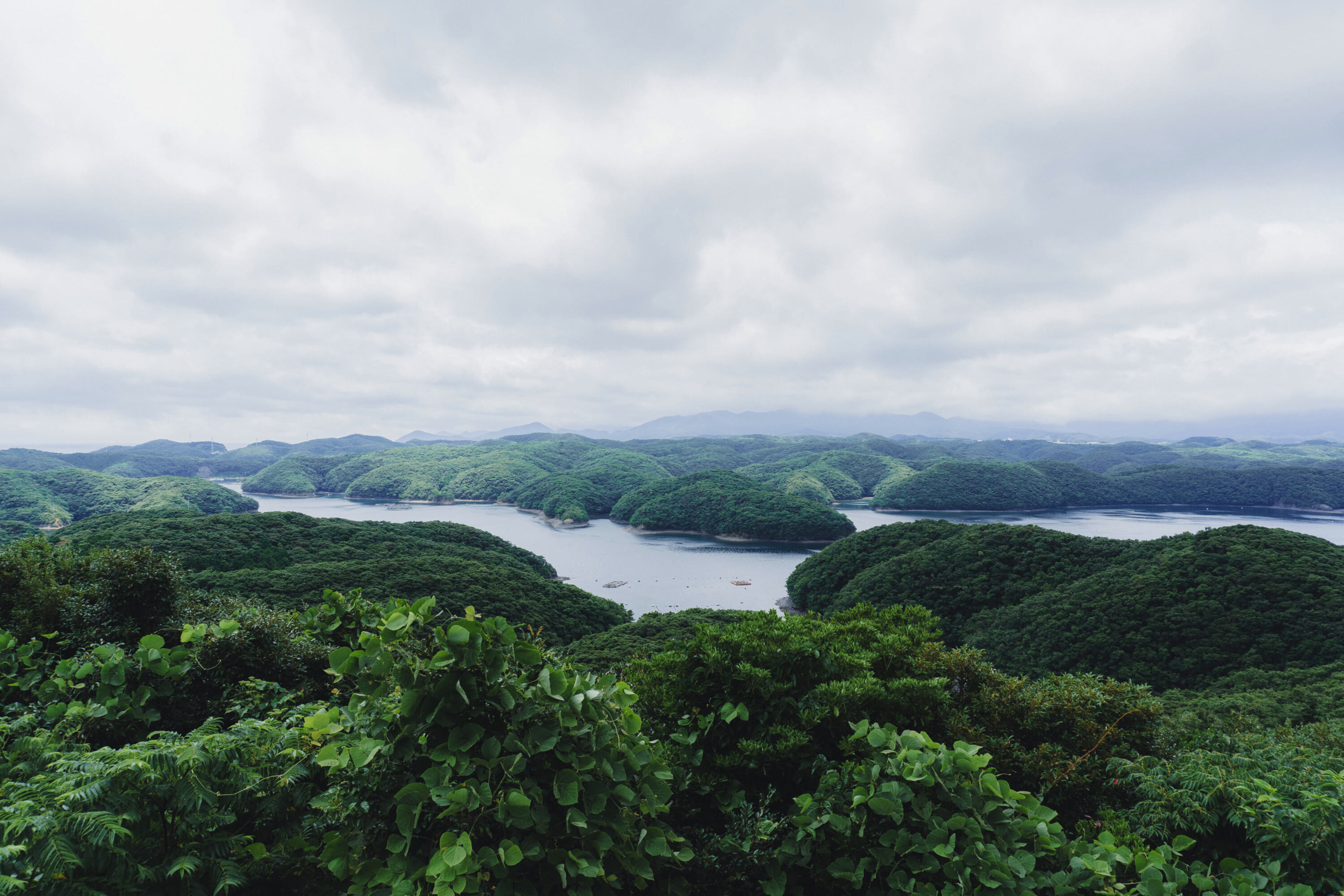
Tsushima Island
Tsushima has recently gained popularity due to action-adventure video games Ghost of TsushimaThe game’s stunning scenery is largely based on the real-life island. Tsushima is filled with things to see and do – Mount Hakudake is a popular destination, as is Manshō-in Temple, which features historically significant artifacts including tablets from the Tokugawa family and gifts from the Joseon royal family; it also houses one of Japan’s three largest tombs. Visitors can also experience Local sake breweriesstunning views of the Aso Bay coastline, and of course turquoise beaches perfect for snorkeling and kayaking. There are many great accommodation options near Tsushima Airport, including Golden Hotela modern designer hotel converted from a traditional Japanese residence.
How to get to Tsushima Island: Tsushima Island is a 30-minute flight from Nagasaki Airport. It is also accessible by boat: from Fukuoka Hakata Ferry Terminal, it takes 2 hours and 15 minutes by high-speed boat, or 4 and a half hours by ferry. Alternatively, it takes 70 minutes by high-speed boat from Busan.
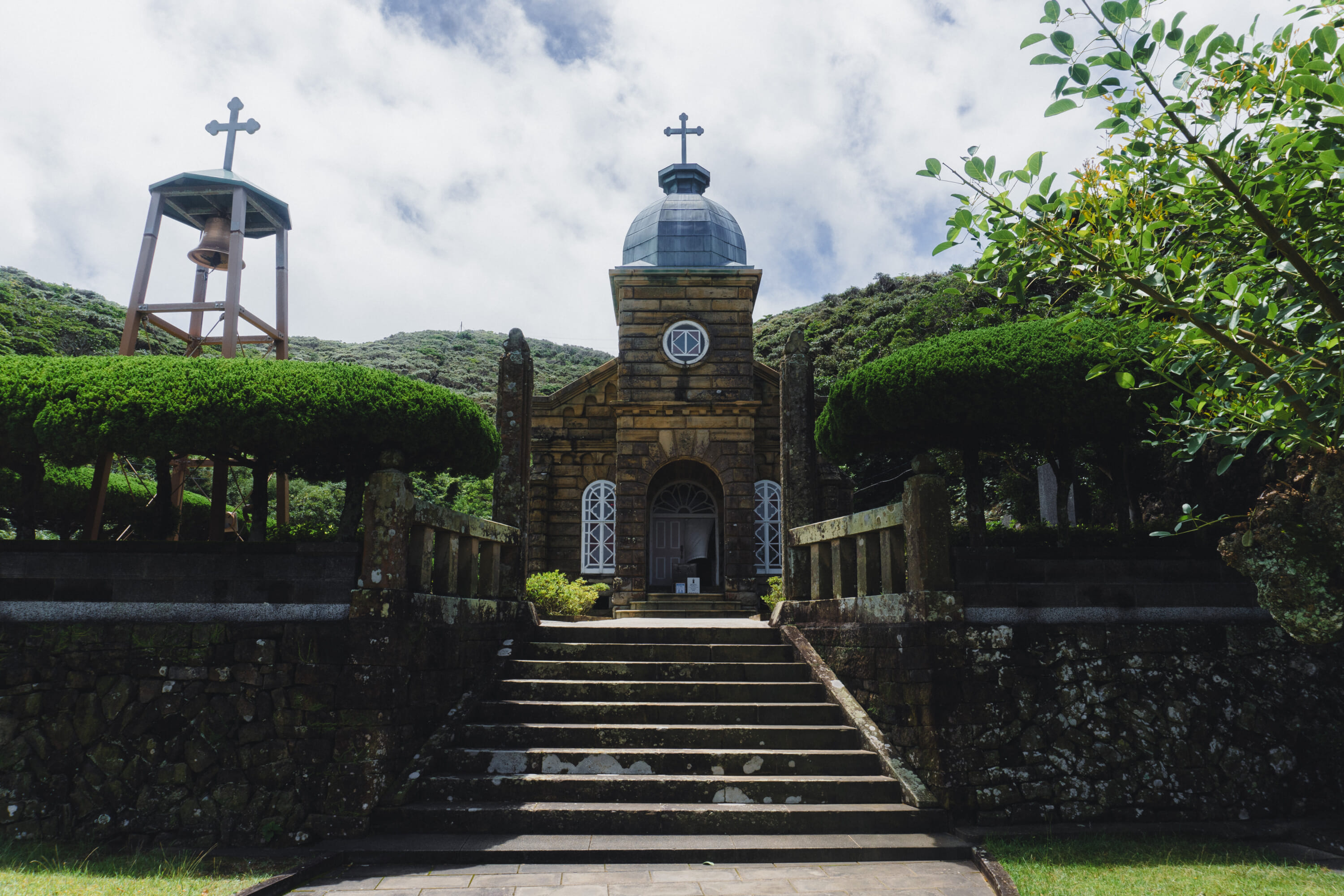

Goto Islands
You can’t talk about the Nagasaki Islands without mentioning the Goto Islands. Although Goto translates to “five islands,” it actually consists of about 140 islands and has several beaches that are ranked among the 100 best beaches in Japan. Not only is Goto known for its stunning white sand beaches and emerald green waters, it is also a historical holy place where many Christians sought refuge after religion was banned during the Edo period. There are more than 50 churches on the islands, several of which are designated as World Heritage Sites.
Goto is perfect for an active holiday, with plenty of options such as cycling, fishing and kayaking; it can also serve as an idyllic holiday destination, with picturesque sights such as the Osezaki Lighthouse and many rocky coastlines.
How to get to the Goto Islands: The Goto Islands can be reached by ferry from Nagasaki, or by plane from Nagasaki and Fukuoka. The flight from Nagasaki Airport to Fukue Airport takes about 40 minutes.
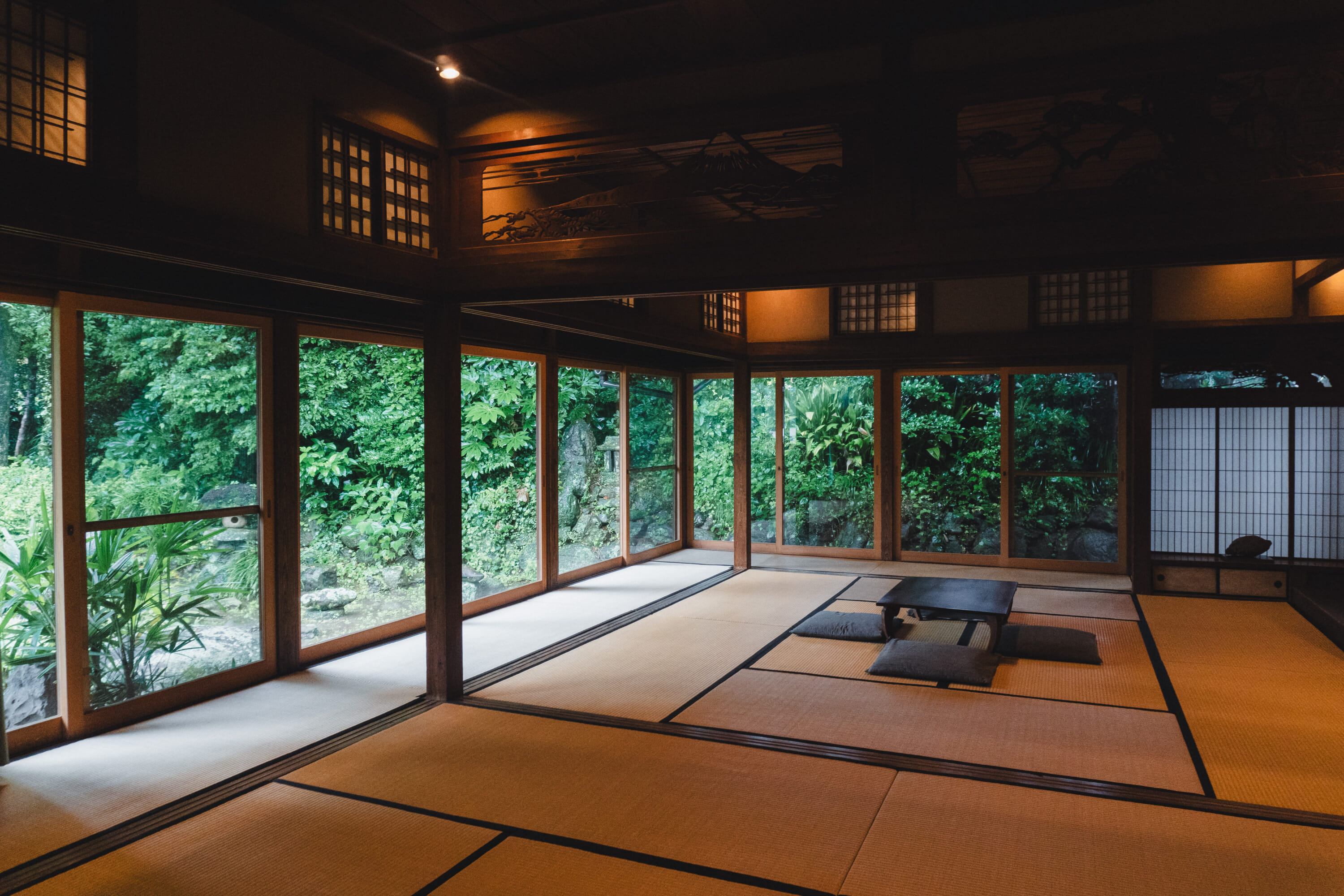

Ojika Island
If you’re looking for a little-known destination with quaint fishing village charm, then Ojika Island is the place for you. A 90-minute boat ride from mainland Sasebo Port, this small island is filled with fireplaceOr traditional houses that have been converted into shops, restaurants and hotels. With only about 2,000 residents, the island is a very close-knit community. Many residents of the island have preserved their historic homes and continue to run family businesses, such as traditional mechanical printing shops. Prince Deckyou can make your own postcard as a unique souvenir.
For a fun day trip, take a short ferry from Ojika to Nozaki Island and explore old churches and shrines surrounded by lush grasslands and volcanic landscapes. Ojika also has some stunning beaches that feel almost private.
How to get to Ojika Island: Ojika Island is accessible by boat – you can go there from Sasebo Port in Nagasaki, Hakata Port in Fukuoka, or via the Goto Islands.
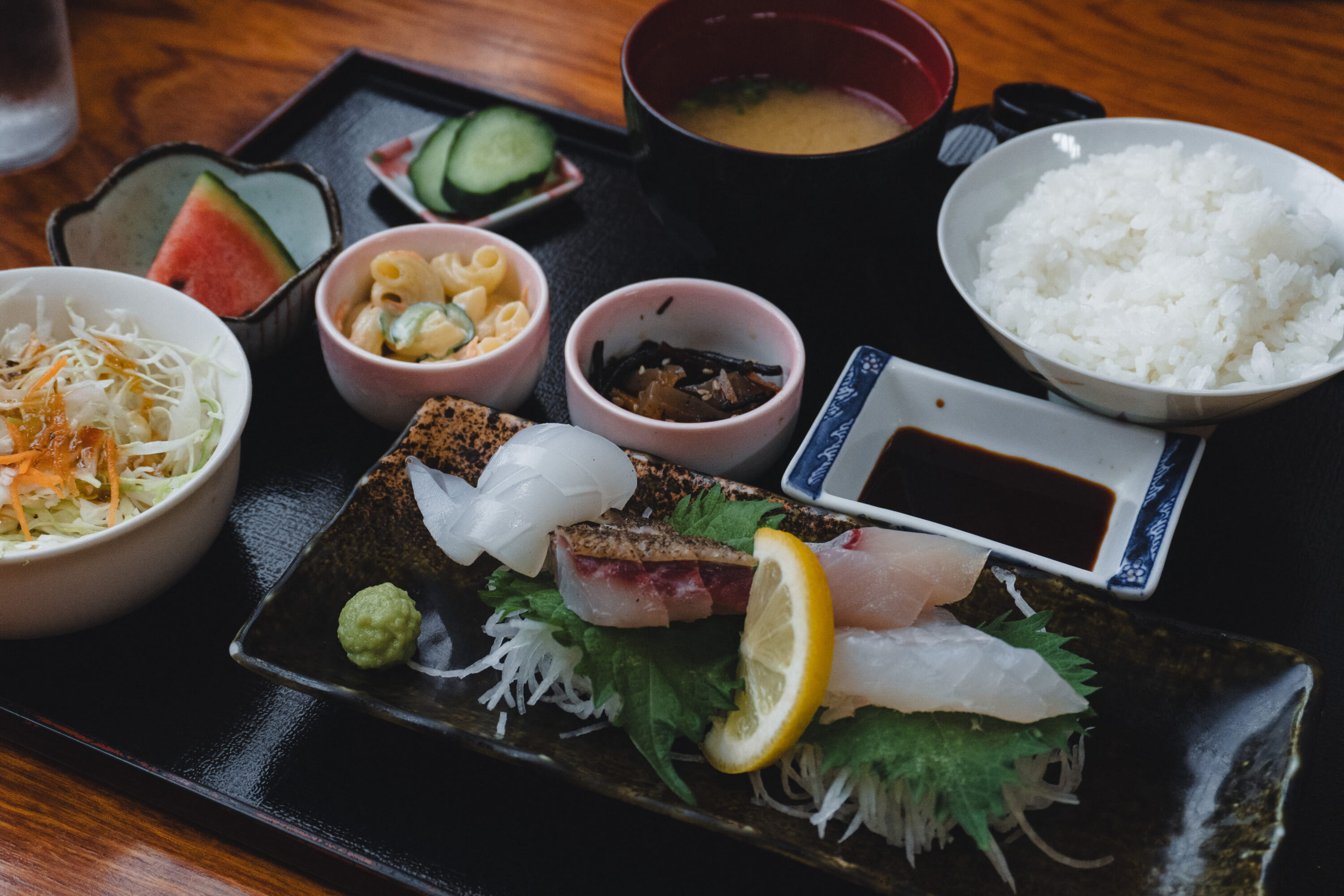

Local Food and Culture of the Nagasaki Islands
Due to the natural environment and tropical climate of the Nagasaki Islands, local cuisine and produce are a highlight. Of course, there is also seafood – everything from sashimi to abalone is incredibly fresh. Tsushima Island in particular has incredible us Eel is very fresh and can be eaten raw.
The Goto Islands are famous for Goto Udon, a thin, springy noodle dish whose complex production system is unique to the islands. Goto Udon uses no preservatives, but instead uses camellia oil, another specialty of the islands, to extend its shelf life. The islands are also home to some of Japan’s best wagyu, including Goto beef, which has an excellent fat-to-meat ratio and a delicate taste.
With its southern location, tropical climate, and unique religious and geographical history, the Nagasaki Islands offer a wealth of unforgettable experiences and a culture that is distinct from the rest of Japan. Adding one or more of the Nagasaki Islands to your Kyushu adventure is a great way to see a different side of Japan, enjoying natural beauty and culture that you won’t get to see anywhere else.


 Anal Beads
Anal Beads Anal Vibrators
Anal Vibrators Butt Plugs
Butt Plugs Prostate Massagers
Prostate Massagers
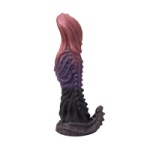 Alien Dildos
Alien Dildos Realistic Dildos
Realistic Dildos
 Kegel Exercisers & Balls
Kegel Exercisers & Balls Classic Vibrating Eggs
Classic Vibrating Eggs Remote Vibrating Eggs
Remote Vibrating Eggs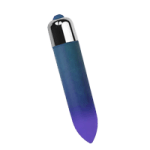 Vibrating Bullets
Vibrating Bullets
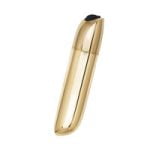 Bullet Vibrators
Bullet Vibrators Classic Vibrators
Classic Vibrators Clitoral Vibrators
Clitoral Vibrators G-Spot Vibrators
G-Spot Vibrators Massage Wand Vibrators
Massage Wand Vibrators Rabbit Vibrators
Rabbit Vibrators Remote Vibrators
Remote Vibrators
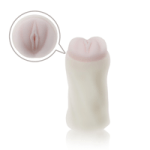 Pocket Stroker & Pussy Masturbators
Pocket Stroker & Pussy Masturbators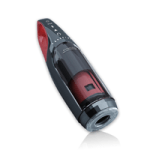 Vibrating Masturbators
Vibrating Masturbators
 Cock Rings
Cock Rings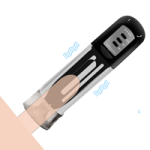 Penis Pumps
Penis Pumps
 Wearable Vibrators
Wearable Vibrators Blindfolds, Masks & Gags
Blindfolds, Masks & Gags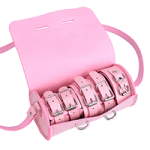 Bondage Kits
Bondage Kits Bondage Wear & Fetish Clothing
Bondage Wear & Fetish Clothing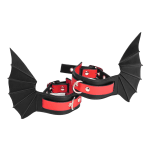 Restraints & Handcuffs
Restraints & Handcuffs Sex Swings
Sex Swings Ticklers, Paddles & Whips
Ticklers, Paddles & Whips








